On the evening of 24 January 2024, the Fiordland Navigator was nearing the end of a routine overnight cruise through Doubtful Sound. The conditions were calm, and the route familiar. But at just over 10 knots, the vessel veered off course and collided with the shoreline of Crooked Arm. The incident was sudden and serious—but, as a Transport Accident Investigation Commission (TAIC) report would later confirm, it was entirely avoidable.
The key cause? The master, operating alone and under considerable pressure, had likely fallen asleep at the helm. It was a clear-cut case of fatigue, compounded by excessive working hours, medication with sedative side effects, and an over-reliance on a single individual to manage all aspects of the operation.
The Fiordland Navigator‘s master was on the sixth consecutive day of a demanding seven-day swing. Each day began before 6am and extended well into the evening, often past 10pm. During that time, the sole-charge master was responsible for vessel prep, navigation, multiple berthings, passenger supervision, safety drills, and crew oversight. TAIC highlighted that despite RealNZ’s (boat owner) reference to international fatigue management standards, there was no effective monitoring of actual working hours or rest periods. The formal 14-hour limit was routinely exceeded, and rest breaks were frequently absorbed by operational tasks. By day six, fatigue had set in—and no one noticed.
TAIC was unequivocal in its findings: “It was very likely that the master was impaired by fatigue, and that this had not been recognised or mitigated.” The consequences were predictable. With no one else trained to relieve the master at the helm, and no formal fatigue triggers in place, the operation had become a single point of failure.
The reliance on a sole-charge master also raised serious concerns. The skipper was the only qualified mariner onboard, with complete responsibility for navigation, safety, and emergency response. TAIC noted that the risk of fatigue-induced incapacitation had not been assessed in the vessel’s risk register. Had a second person been present in the wheelhouse, the grounding might have been averted. Since the incident, RealNZ has reinstated its “Master’s Assistant” role and now requires two crew members to be on watch during navigation.

Compounding the fatigue issue was the matter of medical fitness. The skipper was taking medication known to cause drowsiness—prescribed after their Maritime NZ Certificate of Medical Fitness had been issued. The system did not require disclosure of new medical conditions or treatments during the certificate’s two-year validity. TAIC concluded that New Zealand’s current certification model fails to account for changes in a seafarer’s ongoing fitness to operate. In response, it has recommended that Maritime NZ increase awareness of the obligation to disclose any new factors that could affect medical fitness.
The investigation also uncovered broader weaknesses in RealNZ’s safety management. Oversight of the Maritime Transport Operator Plan (MTOP) rested with one overextended Senior Launch Master—tasked with managing more than 30 staff and several vessels while also performing onboard duties. Crucial safety documentation hadn’t been updated for over a year. In response, RealNZ has since invested in a Maritime Resource Planner role and restructured its operational support.
Despite the grounding, the crew’s emergency response was commendable. Alarms were raised promptly, passengers were mustered calmly, and nearby vessels assisted in the safe transfer and transport of all onboard. The emergency procedures worked as intended, demonstrating the value of proper training and drills.
In the aftermath, RealNZ has taken several corrective steps: strengthening fatigue policies, deploying autopilots more widely, enhancing medical oversight, and rebuilding support roles. But the incident remains a sharp reminder. In isolated, high-risk environments like Fiordland, long hours, fatigue, lone responsibility, and insufficient oversight create a dangerous mix. Without robust checks, training, and continuous monitoring, safety can quickly unravel.










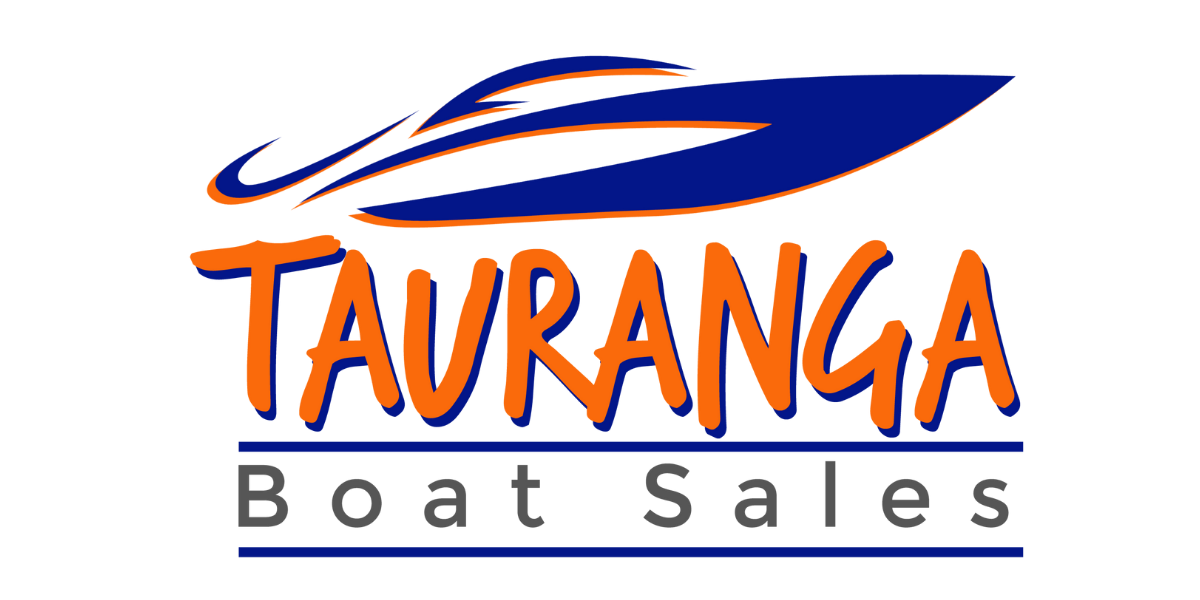
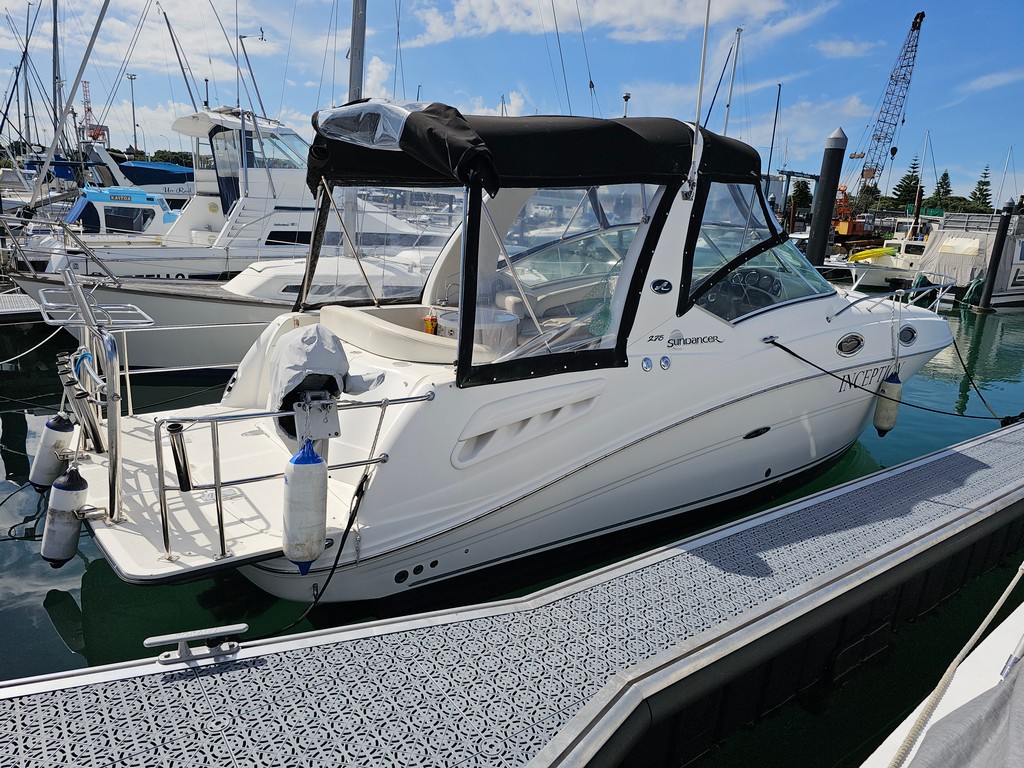
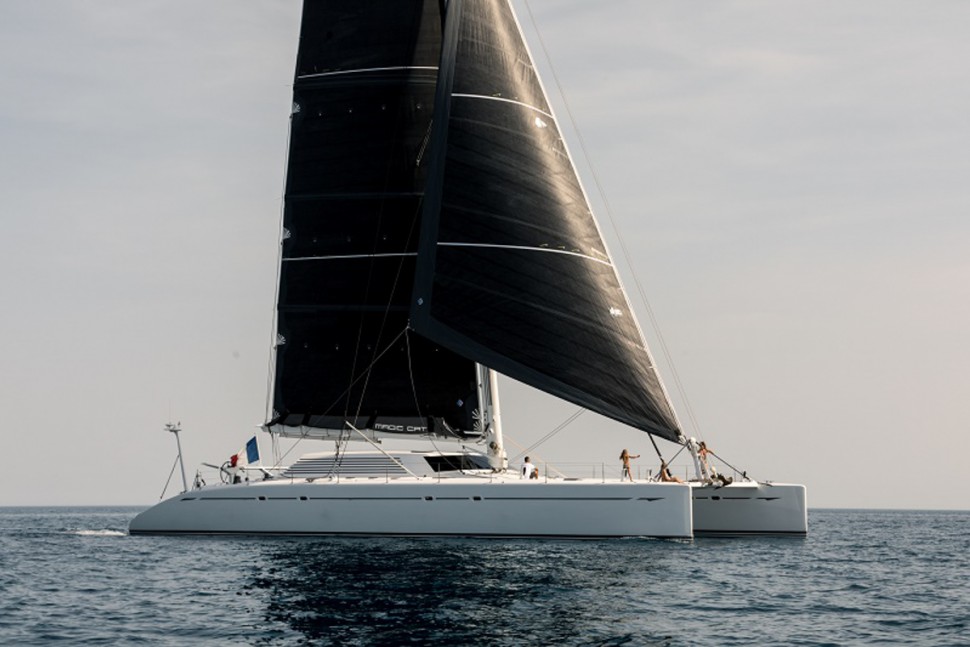


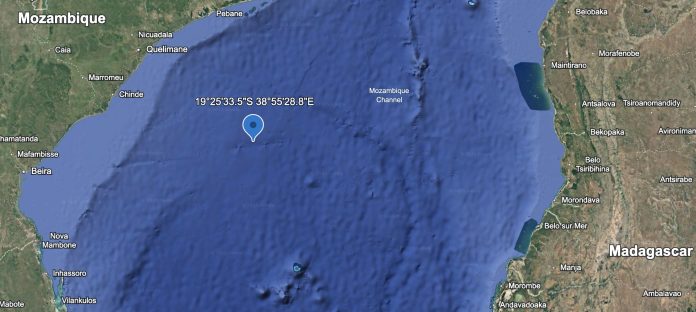


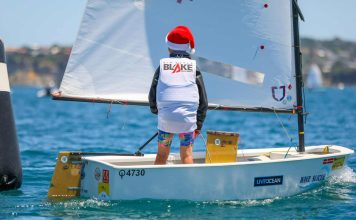
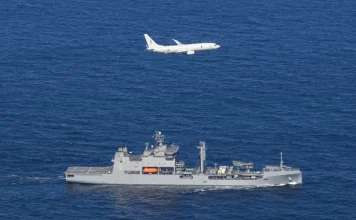
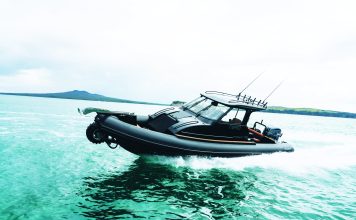
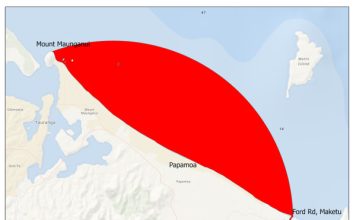
Sad outcome for the skipper. Sounds as if Real Journeys have been running these trips on a shoestring.